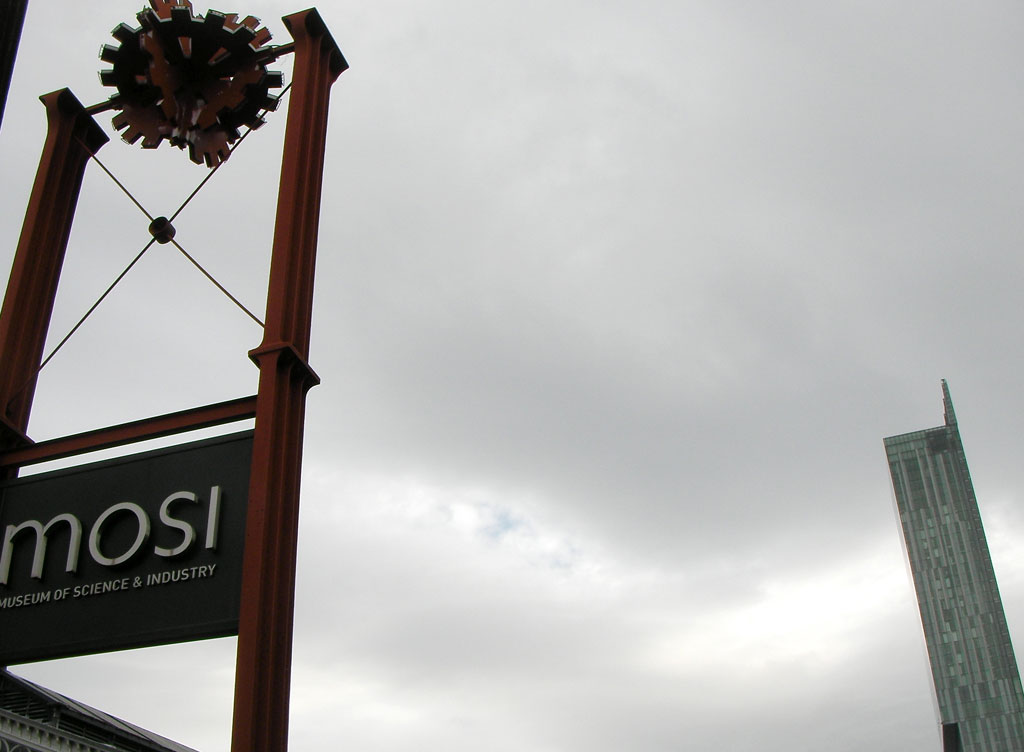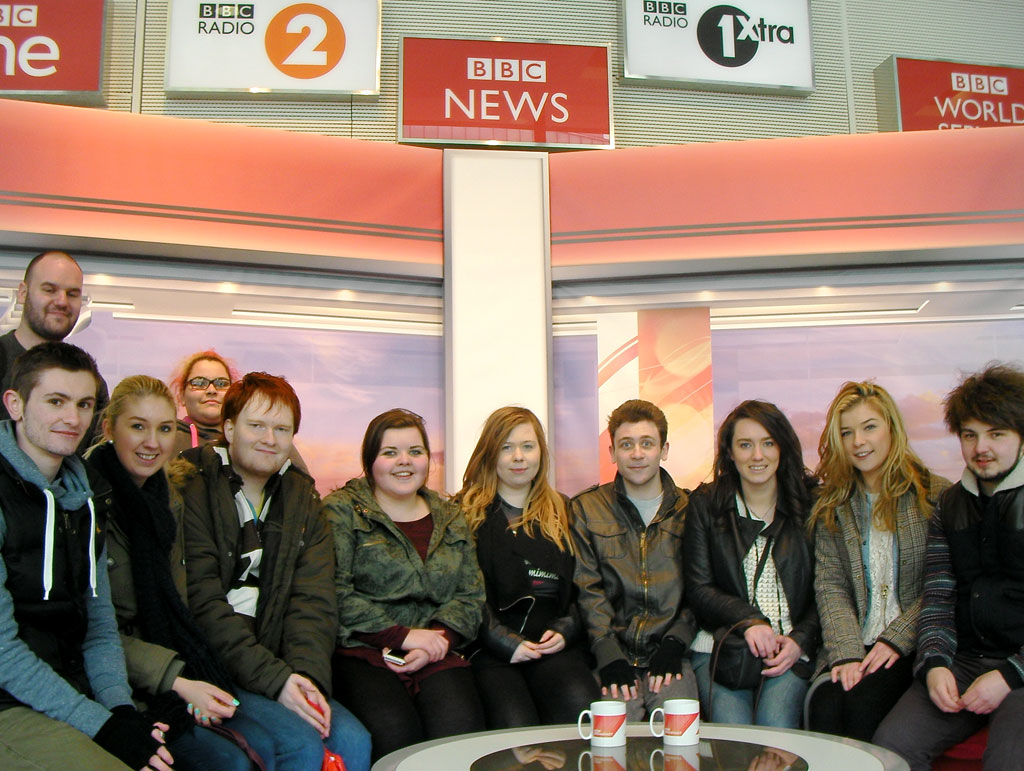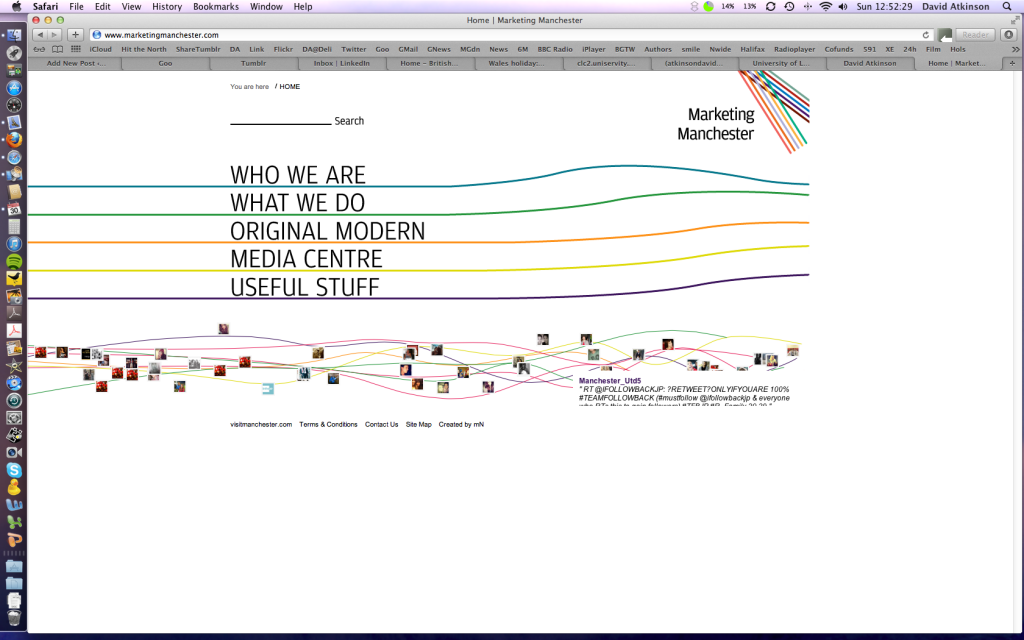
Olivia has a new comedy routine.
It’s a follow up to the penguin dance and a physical-theatre progression on her earlier work, the spinning game.
She pushes aside her dinner with an elaborate flourish and heads for the door, announcing to the room, “I’m off to the shops.”
She then pops her head back round the door and says, with a cheery wave, “To buy sweeties.”
That wave gets me every time.
In that single gesture she captures the impish joy of being nearly three years old and knowing exactly how to tell an authority figure where to stick it.
It’s Marcel Marceau meets punk rock. It’s a sign she is spreading her wings. It may be a simple act, but that wave is positively loaded with meaning.
Art installation
The image of a toddler tearaway in a Minnie Mouse dress stayed in my mind as I went to Manchester’s Museum of Science and Industry (MOSI) recently to see the Sigune Hamann exhibition, Wave (pictured below).
The German artist is fascinated by the range of meanings and emotions a wave can convey.
The exhibition includes a range of images from waving Jewish families, leaving Germany by train prior to the Second World War, to the regal wave of the Queen Mother.
A series of arrivals and departures at Euston train station form a central body of work. A still from the David Lean film Brief Encounter adds a frisson of cinematic glamour. An image of a man waving for help from a makeshift raft in the aftermath of the Japanese tsunami in 2010 nods to photo-reportage.
East Berliners, I learn, were forbidden to wave to relatives across the newly erected Berlin Wall during the Cold War.
But some people living on the East German border came up with the multi-purpose idea of cleaning their windows with large, expressive gestures to send messages to friends in the West.
Tracing the development of the wave, the exhibition suggests, offers a new take on the story of human communication.
Adam Kendon, author of Gesture: Visible Action as Utterance (Cambridge Press, 2004) describes the wave as a “distance salutation”.
The degree of limb extension … is probably related to the distance over which the signals are exchanged. It is also related to the vigour of the wave.
But for me, it’s the nuance of meaning, rather than physical act, that is the true beauty of the wave.
In one simple gesture we convey a range of emotions unencumbered by the need to find the right words in the heat of the moment.
It’s strangely liberating.
Spirited away
Waves stayed with all week thereafter. I watched people packing their waves with unspoken messages – from the school gates to train platform – like a flashmob art installation.
But it was only when I dropped off my elder daughter Maya one night last week, caught amid the eye of a storm, that I felt the visceral power of the wave truly wash over me.
As I turned to walk away, I heard a tap on the bedroom window above. Maya was there, wrapped in the curtain, and waving to me like Rapunzel in an enchanted tower.
I waved back. Then turned and cried the whole walk home.
Gazetteer
MOSI
The Welcome Collection





